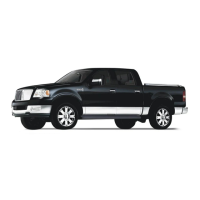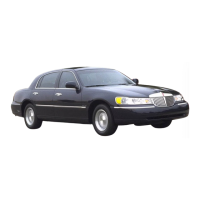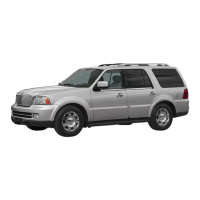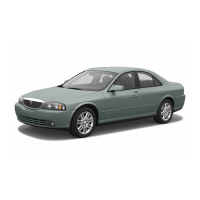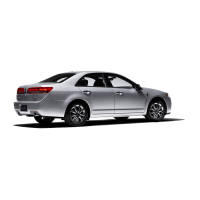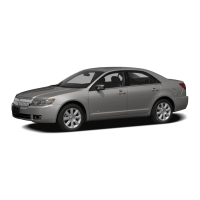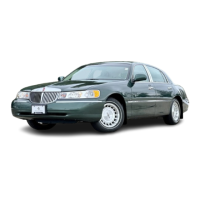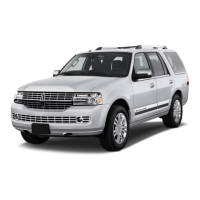3. Rotate the harness/bulb assembly
counterclockwise, to remove from
the fog lamp.
4. Carefully disconnect the bulb
from the harness assembly via the
two snap clips.
Install the new bulb in reverse order.
2006 Zephyr (378)
Owners Guide (post-2002-fmt)
USA (fus)
Lights
45

